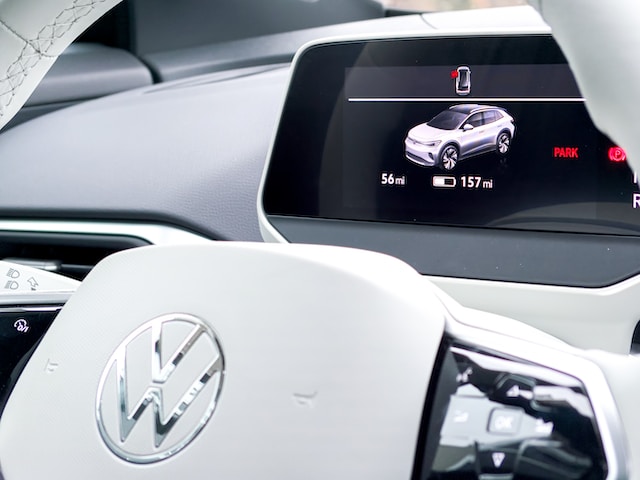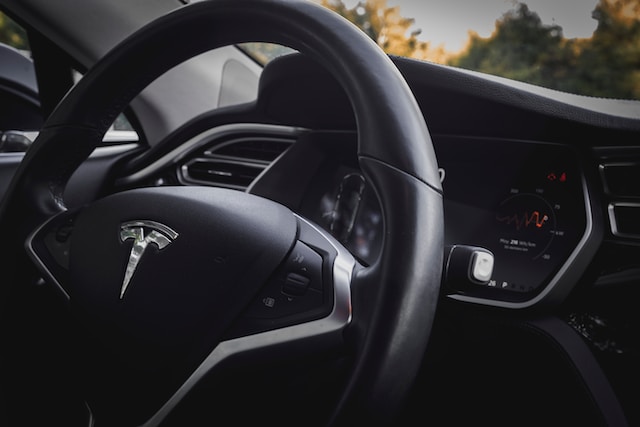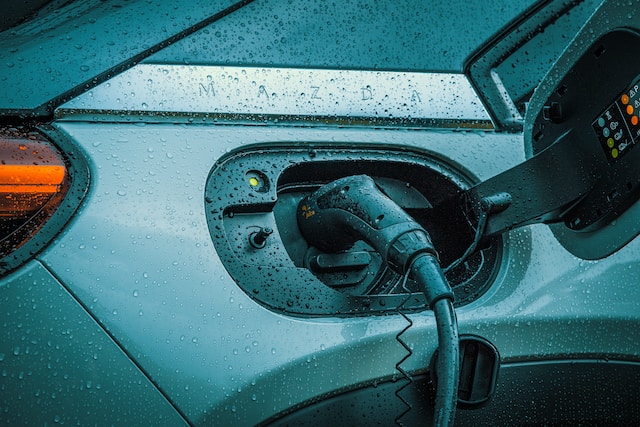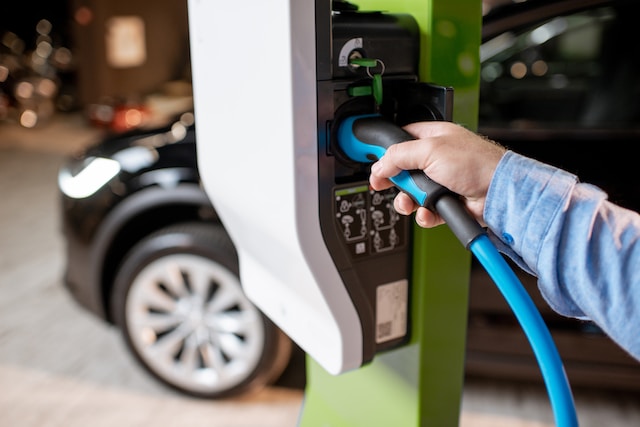Cover photo by Alex Shuper / Unsplash
Electric vehicles are not only eco-friendly but also cost-effective in terms of maintenance. With no oil changes and fewer moving parts than their petrol counterparts, EVs are a smart choice for the modern driver.
However, the misconception that electric vehicles require no servicing because they lack a traditional engine is far from the truth. Like any car, EVs need regular care to ensure optimal performance and longevity.
We’ll guide you through the key areas of EV maintenance, helping you keep your vehicle in peak condition and avoid any warranty issues.
Content:
Today’s Focus of Attention is reader-supported. We sometimes include products we think are useful for our readers. If you buy through links on this page, we may earn a small commission.
Fluids / Filters / Lubrication

Most electric cars have three types of fluids: windscreen washer, brake fluid, and battery coolant.
The latter is essential, as EV batteries generate heat and have to be cooled. Tesla claims its battery coolant doesn’t need replacement under most circumstances. However, it’s always wise to have your vehicle inspected at a main dealer.
Brake fluid levels should be checked at least every two years, although I recommend a six-monthly check for peace of mind.
As for the windscreen liquid, you can refill it yourself.
Your EV also has HEPA (High Efficiency Particulate Air) and cabin air filters, which should be replaced every three years under normal conditions.
Brake lubrication is another important aspect, especially in regions where roads are salted in the winter. Lubricate the brake callipers annually, or every 20,000 km.
Always refer to your owner’s manual for specific servicing intervals.
Brakes
EVs don’t use their brakes as often as petrol vehicles, thanks to ‘regenerative braking.’ This system reverses the electric motor, generating energy that’s fed back into the power network of your car, extending your range.
This results in less wear on brakes and brake pads, which can last twice as long as those on internal combustion engine (ICE) vehicles.
Depending on your driving style and road conditions, brake pads may need replacing between 48,000 and 64,000 kilometres. Some Tesla owners have reported using them for over 160,000 km before replacement.

Tyres

EVs wear down their tyres about 30% faster than ICE vehicles. This is due to the instant torque delivery when speeding up, which puts greater stress on the tyres.
On a regular basis, you should replace your tyres between 32,000 and 48,000 kilometres.
Companies such as Bridgestone have developed tyres for EVs, such as the ‘Turanza EV’, designed with the unique needs of EV drivers in mind.
Battery Pack / Electric Motor
They are the heart of your EV and require minimal maintenance. They have fewer moving parts and can be considered virtually service-free for their lifespan. But factors like design and usage might affect this.
For older EVs, check the oil level in the reduction gearbox and the oil cooling system. And, as mentioned earlier, make sure the battery coolant level is correct.

Fuel / Energy

This is where you’ll see the most savings. Charging your EV is cheaper than filling a petrol tank.
You can charge at home, at supermarket chargers, or at dedicated stations like Tesla Superchargers. Home charging is more cost-effective, in particular with an EV tariff and solar panels for clean, off-grid energy.
Most EVs come with a 110-volt-compatible (Level 1) charging unit, but for more efficient and faster home charging, consider investing in a Level 2 or Level 3 charger.
Level 2 chargers require a 240-volt electrical source, similar to what is used for a clothes dryer. A Level 3 one, on the other hand, needs 480 volts, common in industrial motors and heating applications.
Remember to replace the cables and plugs in these systems once they’ve reached their useful life cycle. Keep them in optimal conditions.

Owing an EV saves you a significant amount of money in petrol, maintenance, and part replacement. While EVs are more expensive than ICE vehicles, the gap is closing.
As technology advances, we can expect more affordable electric cars with lower servicing costs and comparable quality to the top models.
We hope you find this guide useful. Please share your thoughts in the comments below.


